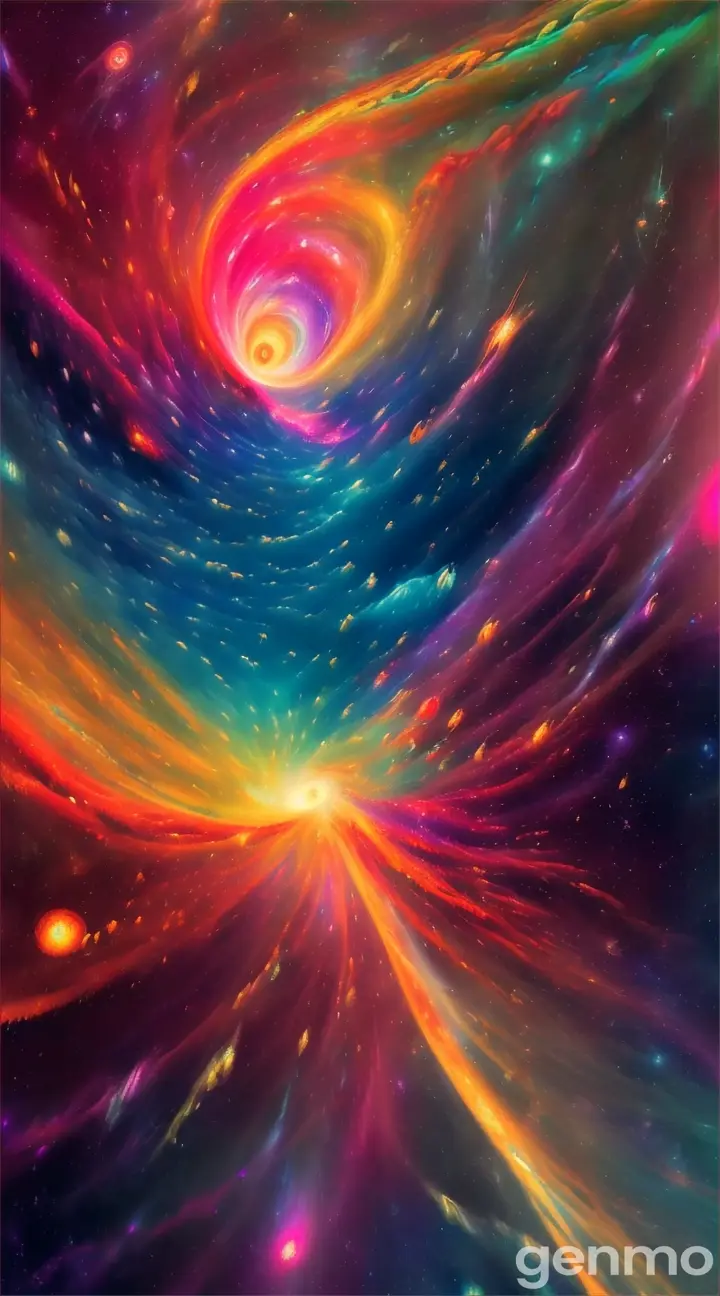UnsparingTama...9mo ago
Loading...

Prompt
mind-blowing space
Seed3930659378
